At Fair ‘Learn By Doing’ 4Hers Show Life Skills
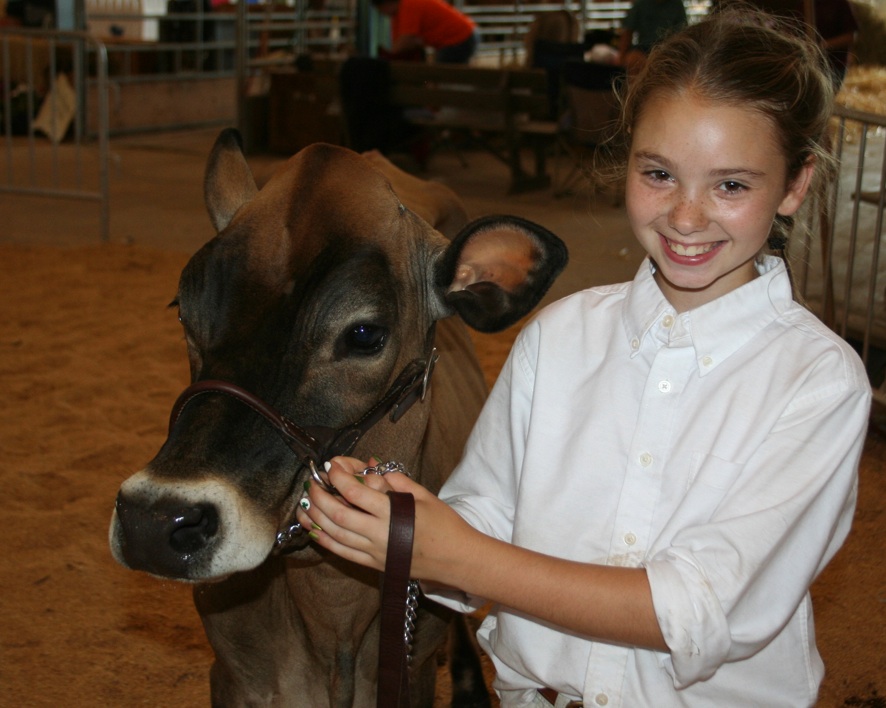
What 4-H is all about - Logan Naples-Marut, 11, with Strawberry, her 6-month-old Jersey heifer at the Middlesex County and New Haven County 4-H Fair, the oldest such fair in the U.S.
It sure takes more than a dollop of common sense to raise and shape another living creature, where that be a human or a heifer. Livestock takes time, patience, and showing up every day to feed, muck a stall or pen, groom, look an animal over for unthriftiness or budding problems – then care for a critter during a crisis.
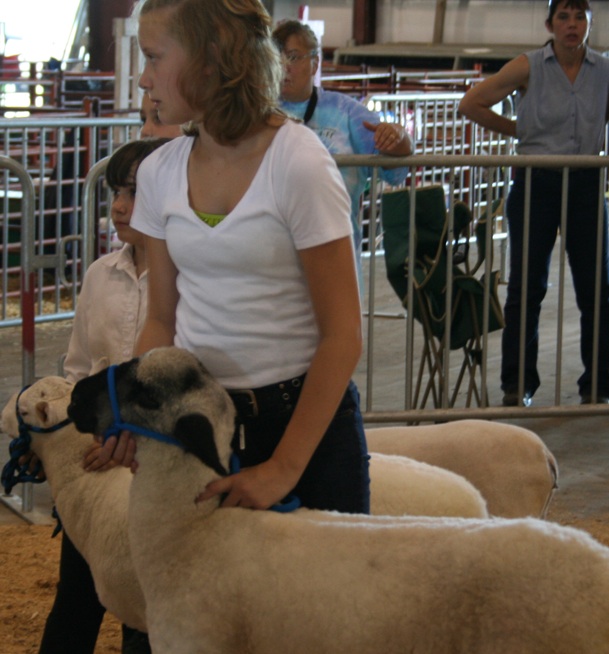
Care and dedication was certainly in evidence at the Middlesex County and New Haven County 4-H Fair over the weekend, from the leaders who organize the three-day exhibition to families that support and help their youngsters participate.

To prepare for a show ring whether with a groomed ewe, handsome steer, doe-eyed llama or prize-winning hen means making choices. Condition, conformation and daily care and handling make all the difference. For tractor pulls, handcrafts, homemade pies, or projects the equation is the same. Hard work pays off. Yes, sometimes an animal will act up in the ring, but as with life, there's good days and some not-so-good ones to be expected.
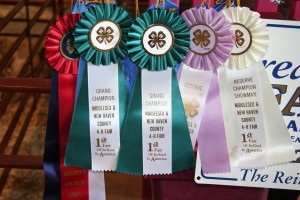 The trademarked emblem for the group is instantly recognizable: head, heart, hands, and health form each part of the four-leaf green-and-white clover.The friendliness and knowledge displayed by the 4-Hers make this an enjoyable and family-friendly event. Ask a question and if a 4-Her doesn't provide an detailed answer, someone will quickly track down a resource. Need something, and their “can-do” attitude shows that they have learned about solving problems on the fly – quite useful for real life. And those smiles from when their work pays off? Worth it.
The trademarked emblem for the group is instantly recognizable: head, heart, hands, and health form each part of the four-leaf green-and-white clover.The friendliness and knowledge displayed by the 4-Hers make this an enjoyable and family-friendly event. Ask a question and if a 4-Her doesn't provide an detailed answer, someone will quickly track down a resource. Need something, and their “can-do” attitude shows that they have learned about solving problems on the fly – quite useful for real life. And those smiles from when their work pays off? Worth it.
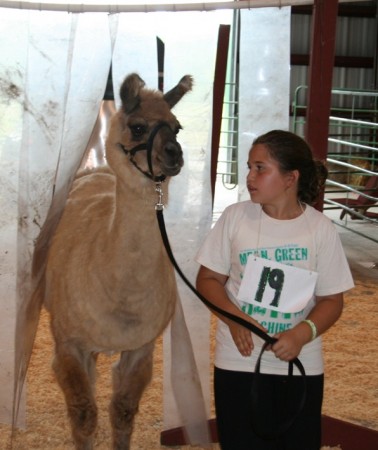
The 4-H has 6.5 million members in the United States, ages 5 to 19. Administered by the National Institute of Food and Agriculture of the U.S. Department of Agriculture (USDA). Many people think the focus is on agriculture, which is the program's wellspring and where it is deeply rooted, but the 4-H (and agriculture) also now branch into citizenship, healthy living, science, engineering, and technology programs.
People have to eat and we all need a place to call home and those two things alone means someone, somewhere has to consistently produce food, goods, products. As society demands higher quality food closer to home (a good thing, by the way), technology via community online (digital communications via the Internet and by mobile devices, also Facebook and Twitter) can connect people to community – and global – resources.
Today, 4-H and related programs exist in more 80 countries around the world. Each of these programs operates independently, but cooperatively through international exchanges, global education programs, and communications.
“The foundations of 4-H began around the start of the twentieth century, with the work of several people in different parts of the United States. The focal point of 4-H has been the idea of practical and hands-on learning, which came from the desire to make public school education more connected to rural life. Early programs tied both public and private resources together to benefit rural youth.

“During this time, researchers at experiment stations of the land-grant universities and USDA saw that adults in the farming community did not readily accept new agricultural discoveries, but educators found that youth would experiment with these new ideas and then share their experiences and successes with the adults. So rural youth programs became a way to introduce new agriculture technology to the adults.”
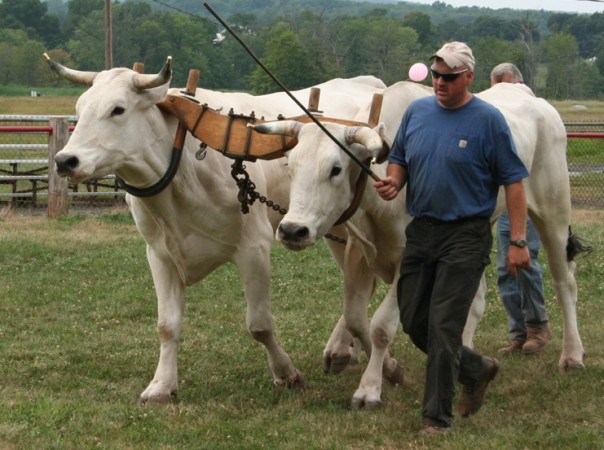
Competition is why fairs began. The gathering of people meant it was time to find out who had the fastest horse, whose team could pull the most, who could make the best pie, who had the most productive cow . . . or could grow the most perfect tomato or largest pumpkin. 
Every weekend there is a fair going on around the state, region, and across the country. The International Association of Fairs and Expositions (IAFE) offers a searchable database to find one by state or date – or country. Or get involved. The Big E, for example, offers many categories from which to choose – breadmaking to jellies to wreaths and needlework. First prize for a decorated wreath not only gets a ribbon, but also a $55 premium. Details on how to enter as an exhibitor are online.
Editor's note:  Meet “Charlie,” a 13-year-old Belgian gelding from Stevens and Beatty Pulling Horses of Chaplin, Connecticut, featured with our model and a handknit neckwarmer with a story on Moo Dog Knits Magazine, on our network.
Meet “Charlie,” a 13-year-old Belgian gelding from Stevens and Beatty Pulling Horses of Chaplin, Connecticut, featured with our model and a handknit neckwarmer with a story on Moo Dog Knits Magazine, on our network.
